How displacement feels in this South Seattle community: The Ripple Effect
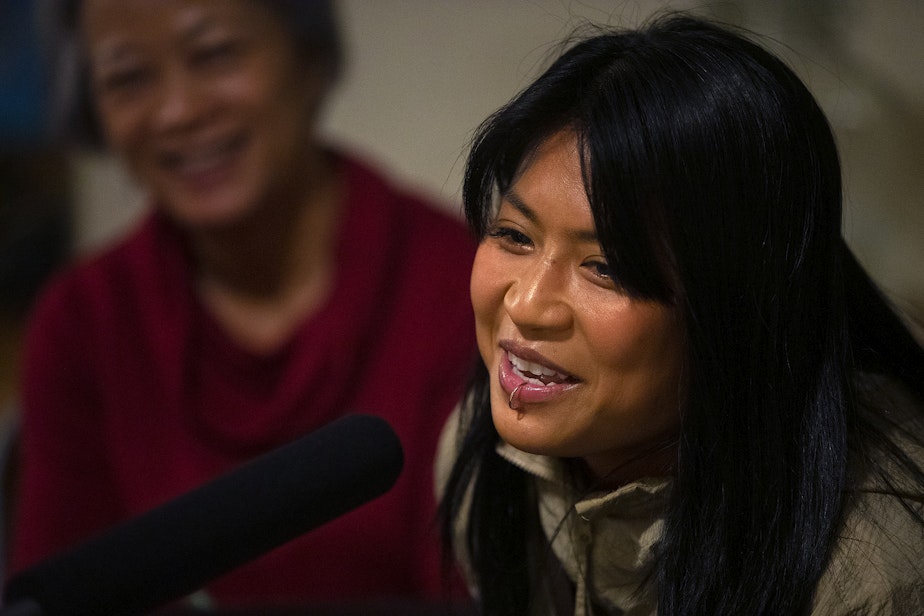
Below market rent prices have attracted a lot of new residents to the South Park neighborhood, where existing residents are especially vulnerable to being pushed out.
This is Part 1 of KUOW's series "The Ripple Effect," in which we cover how growth is pushing people away from the Seattle area and potential solutions to the problem.
This four-part series first aired as a special episode of KUOW's Soundside. You can click the "play" button to hear the whole one-hour documentary, or you can read the story in four abridged web stories here.
T
he Seattle metro region is growing, and will probably hit 6 million people by 2050. That’s almost 50% more people.
Yet, builders haven’t produced enough homes even for the people here now. That’s led to intense competition for the homes we do have. If you’ve looked at buying a home, you’ve seen the result: even after taking into account the recent real estate slowdown, Zillow says home prices are almost 40% higher here than they were before the pandemic.
But in Seattle’s South Park neighborhood, a neighborhood defined by freeways and the Duwamish River and hemmed in by industry, homes sell for about two-thirds the regional average. Bitter Lake and Rainier Beach are a couple other examples.
Photos: A tour of South Park
That relative affordability has attracted a lot of new residents to South Park. For example, tech worker Eric Andren and his girlfriend were economically displaced from Wallingford around the time when landlords were finally allowed to raise rents again, in the summer of 2022. South Park was the only place in Seattle they could find to rent a home that fit their budget.
That’s attracted a lot of new residents to South Park, where existing residents are especially vulnerable to being pushed out. This vulnerability is called “displacement risk.” On a heat map of Seattle, South Park is one of about a dozen neighborhoods that show up as hot spots. Bitter Lake and Rainier Beach are a couple other examples.
Many of the neighborhoods that show up as hotspots on the displacement risk map were also historically redlined by banks, meaning it was difficult for people who lived in these neighborhoods to get loans. Though this practice is now illegal, neighborhoods where redlining existed are often correlated with large populations of Black, Indigenous, and People of Color, who themselves have a statistically harder time getting loans than white families.

To understand how South Park became a haven for recent immigrants, and how displacement pressure feels to these families and their descendants, KUOW partnered on this story with freelance reporter Bunthay Cheam, and gathered to hear stories from a few members of South Park’s Southeast Asian communities. It's not the largest underrepresented group in South Park: that would be Latinos. But it's one we don't hear from very often.
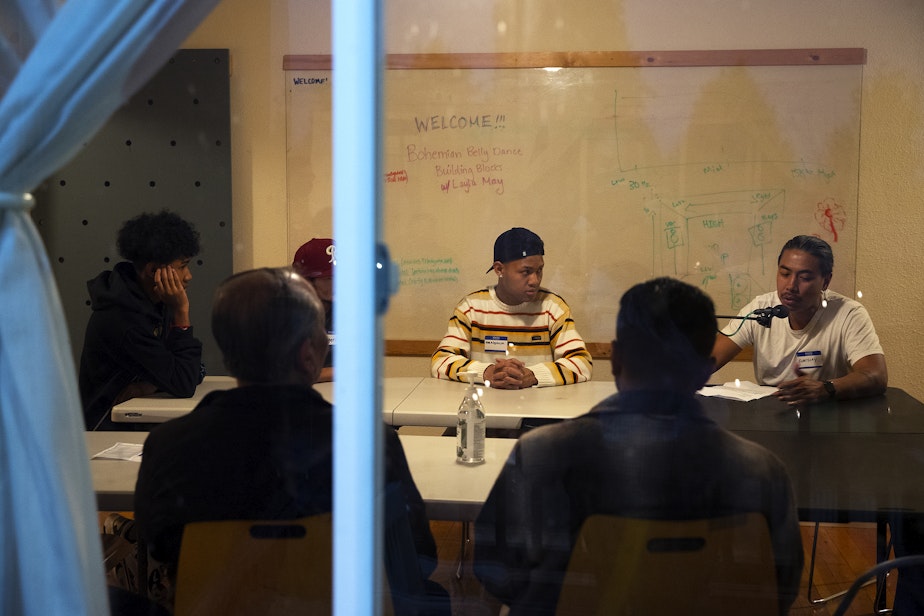
“My dad made the decision to move to South Park because the house that was available for the right price – was actually built by a Khmer developer,” Bunthay told the group.
That resonated with Phung Nguyen, a member of one of the first Vietnamese families in South Park. After her family arrived, “we started to see more Vietnamese [families] buying houses on our street,” she said.
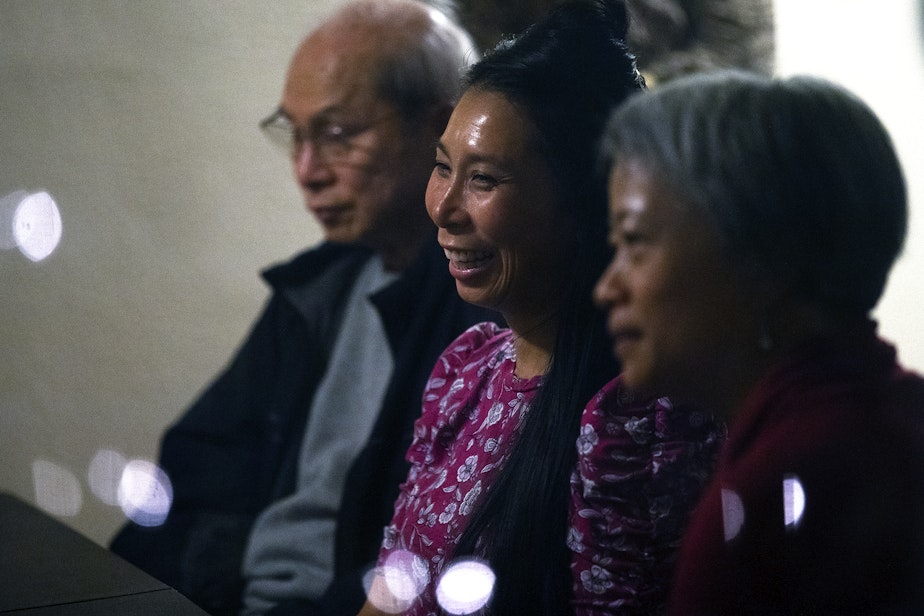
This pattern created a strong support network. Cunningham Thach, 19, said the people he’s met in South Park have made him proud of who he is.
“I’m Asian myself so I love the Asian community here," he said, "So we can just kick it – and enjoy different perspectives of each other’s culture.”
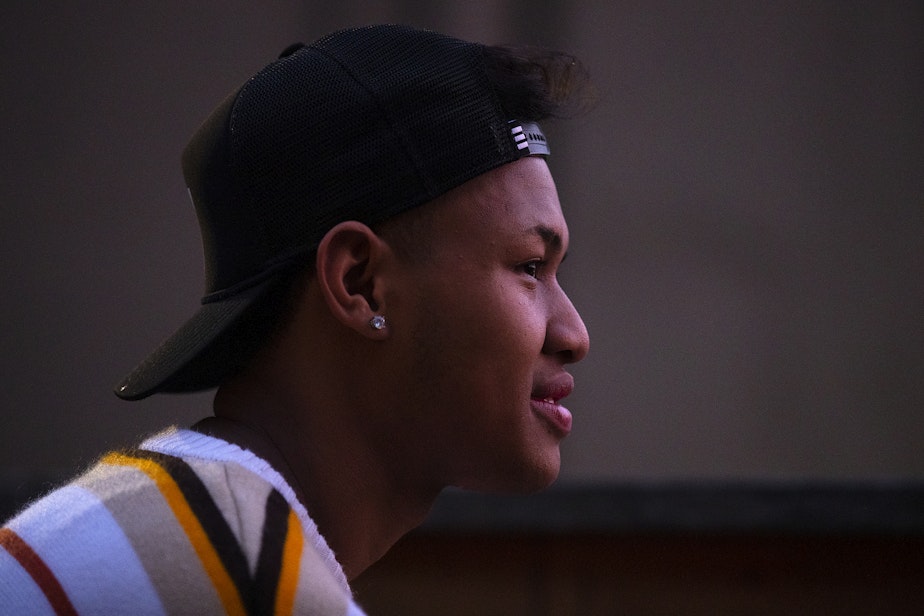
But that's been changing recently, he said, as lots of new people move in.
“People who originally lived here – [are] being pushed out. And it’s getting bad to the point where I’m even questioning myself like – is this the home that I used to love and care for?”
Sponsored
One of Cunningham’s mentors in South Park is Daneca Tran, who teaches young people about their heritage and how to express themselves through art, music, and food.
“I am Lao, Vietnamese, and Thai and Chinese. So, Southside!” she said, drawing laughs from around the room.

Daneca was recently priced out of her South Park apartment and moved to White Center.
“It's saddening to grow up in a place and then fall in love with it, and then feel like everything you gain in your education and in your insights, you offer it somewhere else, because the place that you grew up in doesn't have a space for you to provide that,” she said.
Sponsored
Rising rents drove Daneca away and may drive Cunningham’s family away too someday. For other people, it’s the erosion of the cultural community that bothers them most.
Keo Sanh has lived in the same South Park house since 1986. He bought his house from his parents.
“The last 15 years, I've seen neighbors come and go," he said. "And they didn't do their homework, meaning they didn't study the neighborhood.”
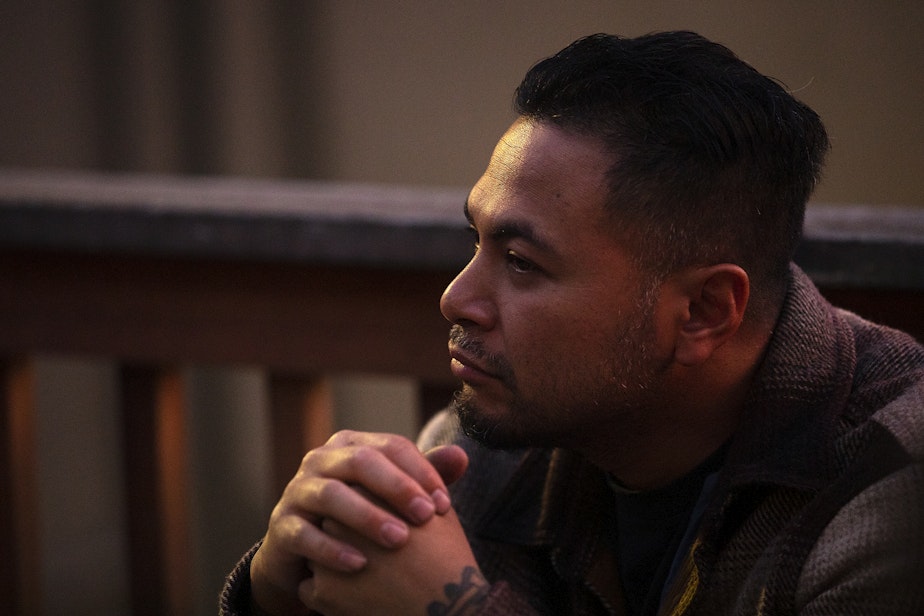
Keo said these neighbors often find themselves disappointed with South Park, or surprised when they encounter signs of poverty or crime. And so, many of them leave a year after arriving.
He’s stopped trying to meet them, and today doesn’t know many of their names. One of those new neighbors threw a block party, and he wasn’t invited.
“So that just tells you how they don’t understand. And I’ve got a lot to offer,” he said, like where to find the best groceries, or how to fit in. The kind of things that neighbors turn to each other for. But they don’t ask Keo.
It’s not that everybody wants to live in South Park forever, though. Some people can’t wait to get out. James Heng moved to Shoreline as soon as he could afford to. But he still comes back for social and cultural events. “When you go out there and you tell people you’re from South Park, they think it’s all about trouble – poor neighborhood and problems. So people move up to North Seattle, to Shoreline, you know, to get a higher status where they live.”
Bunthay Cheam said he believes this attitude is more common among residents who immigrated to the U.S. as young adults. He said he and his peers, who arrived as small children, tend to be less concerned with status and more interested in staying in South Park.
But James made a choice to leave. And that’s the point: people here want it to be a choice.
South Park is not unique in facing displacement pressure. In fact, it’s part of a larger regionwide pattern we’re calling “the ripple effect.” In the next story, we’ll chase those ripples across the region.
This story is part of KUOW's series, The Ripple Effect: How Seattle's housing woes push people out and what to do about it.
- The series was reported and written by Joshua McNichols, KUOW’s Growth and Development reporter.
- Freelance reporter Bunthay Cheam contributed to this series.
- Producers Sarah Leibovitz and Jason Burrows helped mix the audio documentary.
- Kamna Shaastri helped with community engagement.





